1. What is Bizen Pottery?
Bizen pottery (備前焼, Bizen-yaki) is one of Japan’s most revered traditional ceramic style, originating over a thousand years ago in Imbe, Okayama Prefecture. Famous for its non-glazed surface, natural ash patterns, and earthy patina, it is one of the Six Ancient Kilns of Japan, preserving techniques passed down through generations.
2. Characteristics and Aesthetic Qualities
Bizen pottery is distinguished by:
-
Unglazed surfaces: Fired without glaze it relies on the kiln’s fire and ash for natural decoration.
-
Ash effects: Varied textures from flying ash (goma) or glowing red lines (hidasuki).
-
Rustic beauty: Warm, reddish-brown hues and surface irregularities create a unique appeal.
-
Firing marks (youhen): Each piece is influenced by its position in the kiln which result in distinctive patterns.
-
Distorted forms: Embracing asymmetry, Bizen wares often reflect a rough-hewn charm consistent with the wabi-sabi aesthetic.
3. History and Cultural Significance
Bizen pottery’s roots date back to the Kofun period, evolving from Sue ware techniques brought from the Korean Peninsula. It flourished during the Heian and Kamakura periods, eventually becoming prized for tea ceremonies and samurai households. Despite industrial challenges in the Meiji and Showa eras, Bizen-yaki has endured even being designated a Japan Heritage Site.
4. Wabi-Sabi and Bizen Pottery
Bizen pottery embodies the Japanese philosophy of wabi-sabi the beauty of imperfection and simplicity. Influenced by Zen Buddhism and tea master Sen no Rikyū, Bizen’s asymmetry, natural colors, and aged appearance evoke a sense of serenity and elegance.
5. Famous Artists and Kilns
Notable figures include:
-
Takariki Yoshiteru: Known for bold forms and modern interpretations.
-
Takahara Takushi: Celebrated for intricate kiln techniques and traditional mastery.
The Bizen Pottery Association and Bizen Ware Art Museum continue to support and showcase artisans from renowned kilns such as Hōzangama.
6. Regional and Cultural Context
Bizen-yaki is deeply tied to the Imbe region of Okayama Prefecture where local clay, rich in iron and coarse in texture, forms the foundation of each piece. The area's wood-fired anagama kilns, and its proximity to the Seto Inland Sea have made it a historical ceramics hub.
7. Traditional and Modern Uses
From rustic sake cups, tea ceremony wares, and flower vases to contemporary coffee mugs and home décor, Bizen pottery serves both traditional and modern needs. Its durability and heat retention make it particularly valued in culinary and ceremonial contexts.
8. How to Appreciate and Acquire Bizen Pottery
To truly experience Bizen-yaki:
-
Visit Imbe: Explore kilns, museums, and artisan workshops.
-
Attend festivals: The Bizen Pottery Festival features live firings and sales.
-
Buy authentic pieces: Look for signatures, kiln stamps, and natural ash markings.
-
Explore collections: At places like the Bizen Pottery Museum or through artisan-led online shops.
Conclusion
From ancient tea rituals to modern interiors Bizen pottery brings warmth to every setting. Whether you’re a collector or simply an admirer of Japanese craftsmanship, Bizen-yaki offers a connection to a thousand-year legacy.


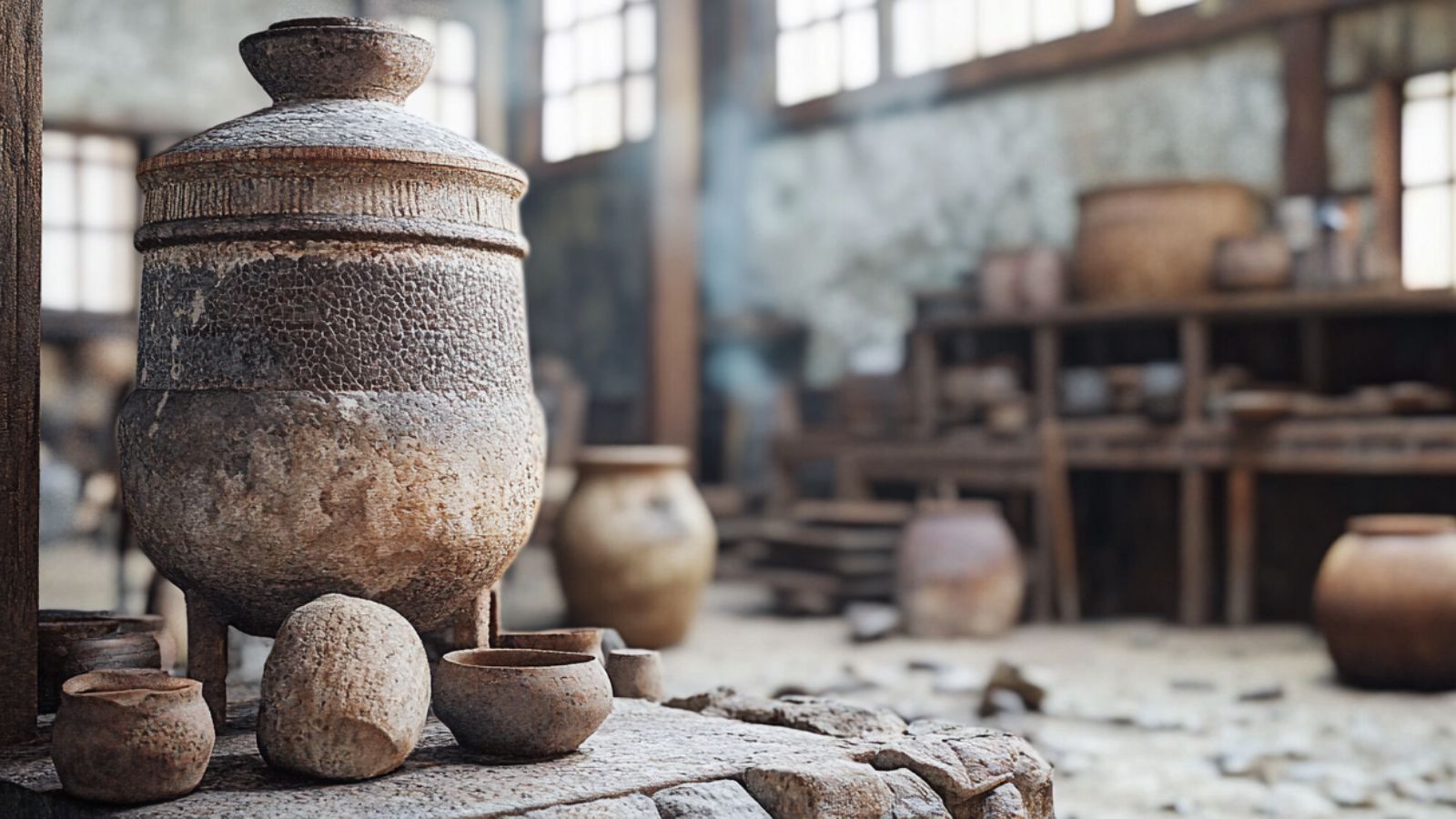

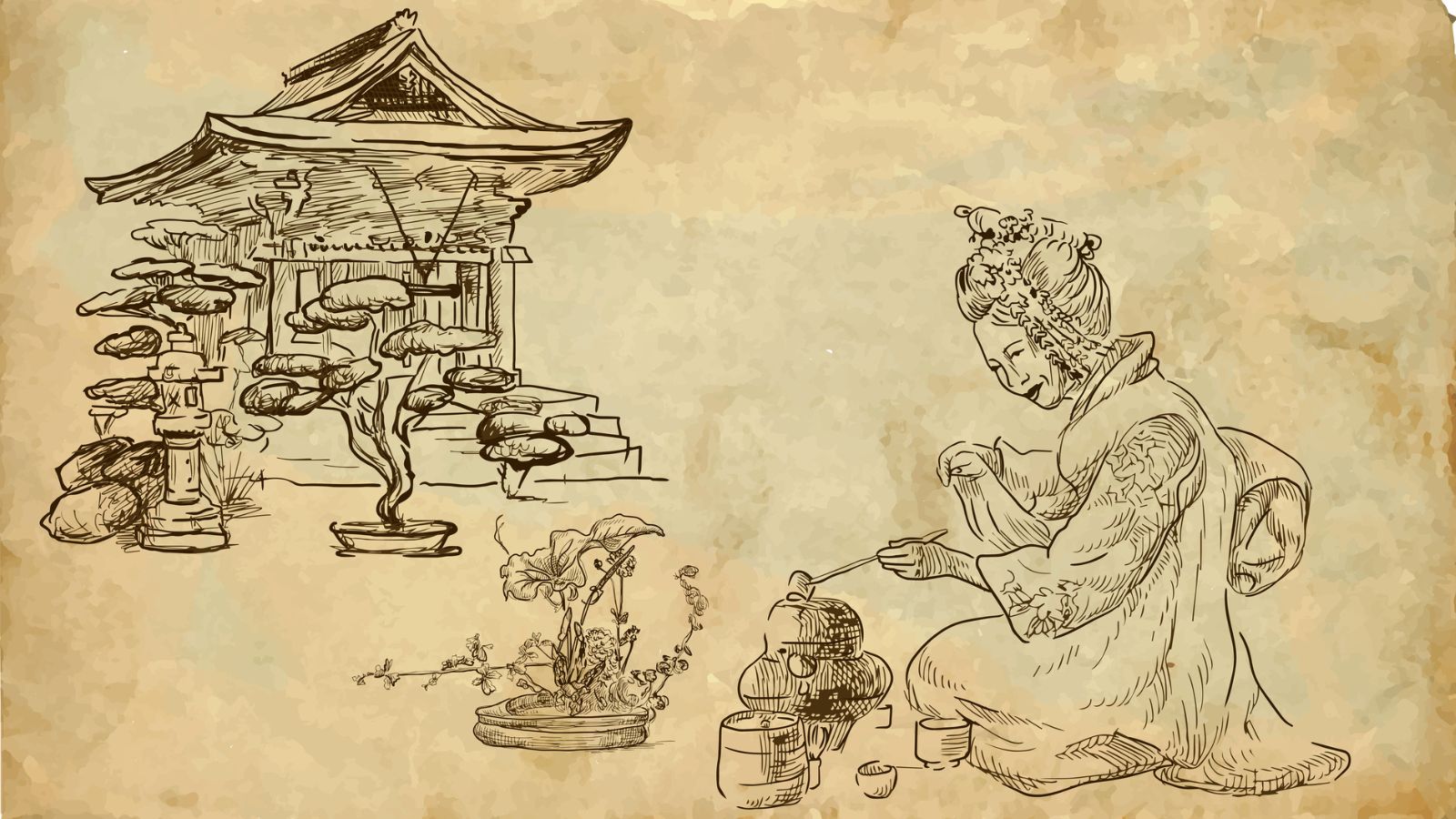
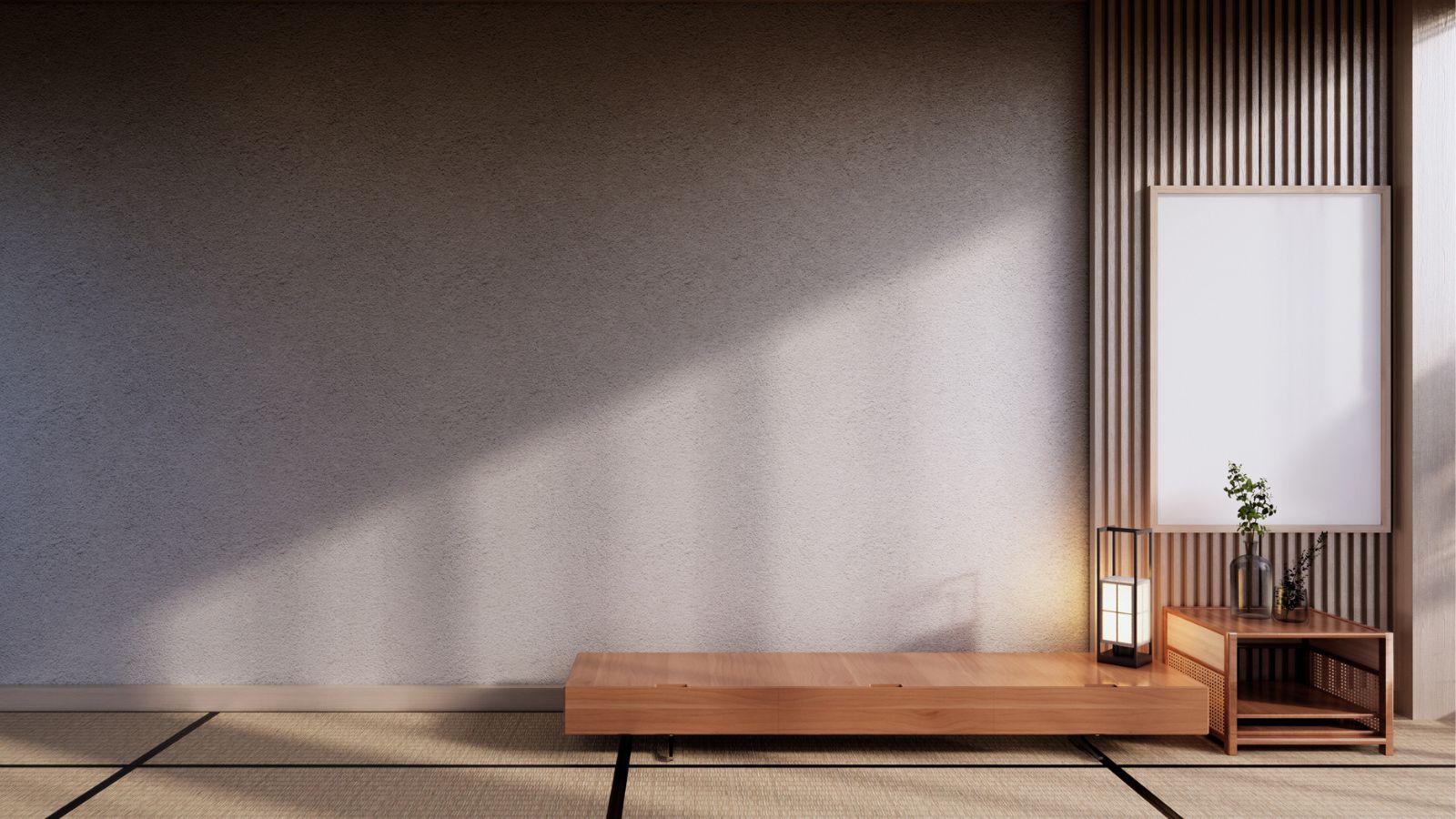

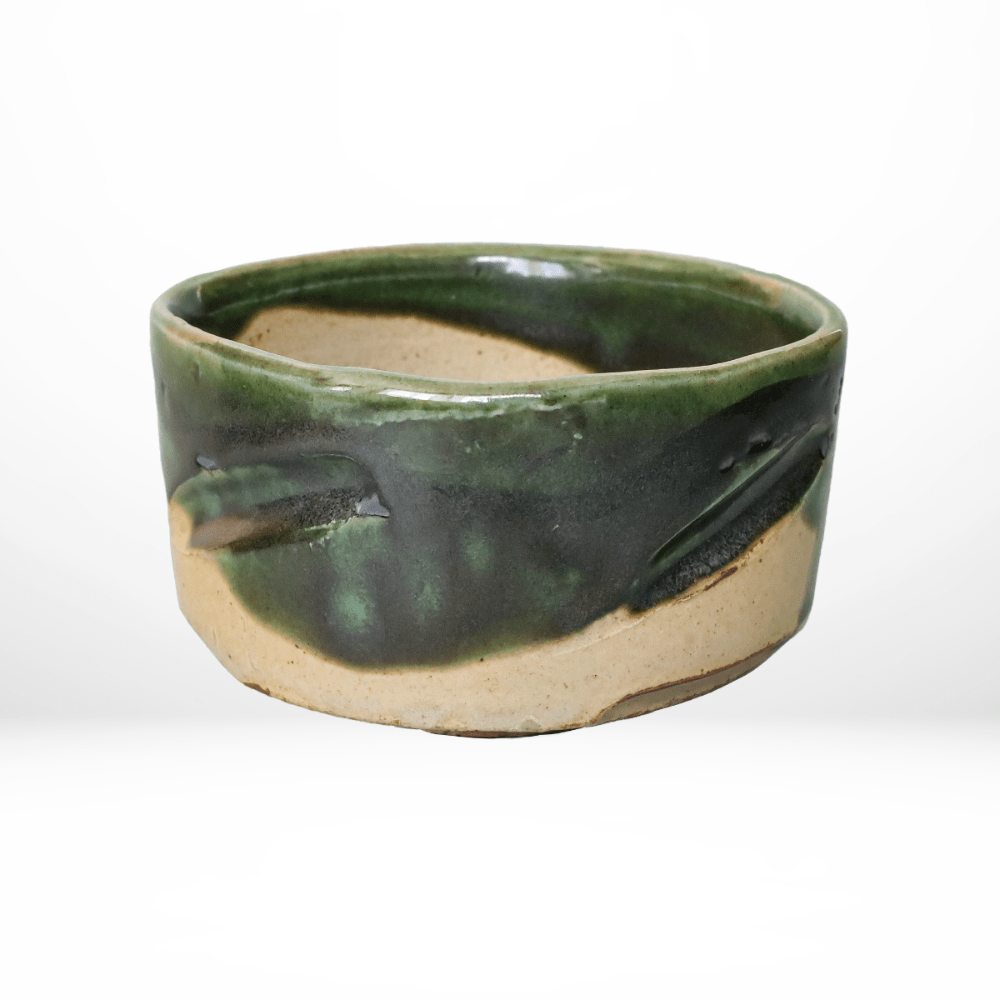
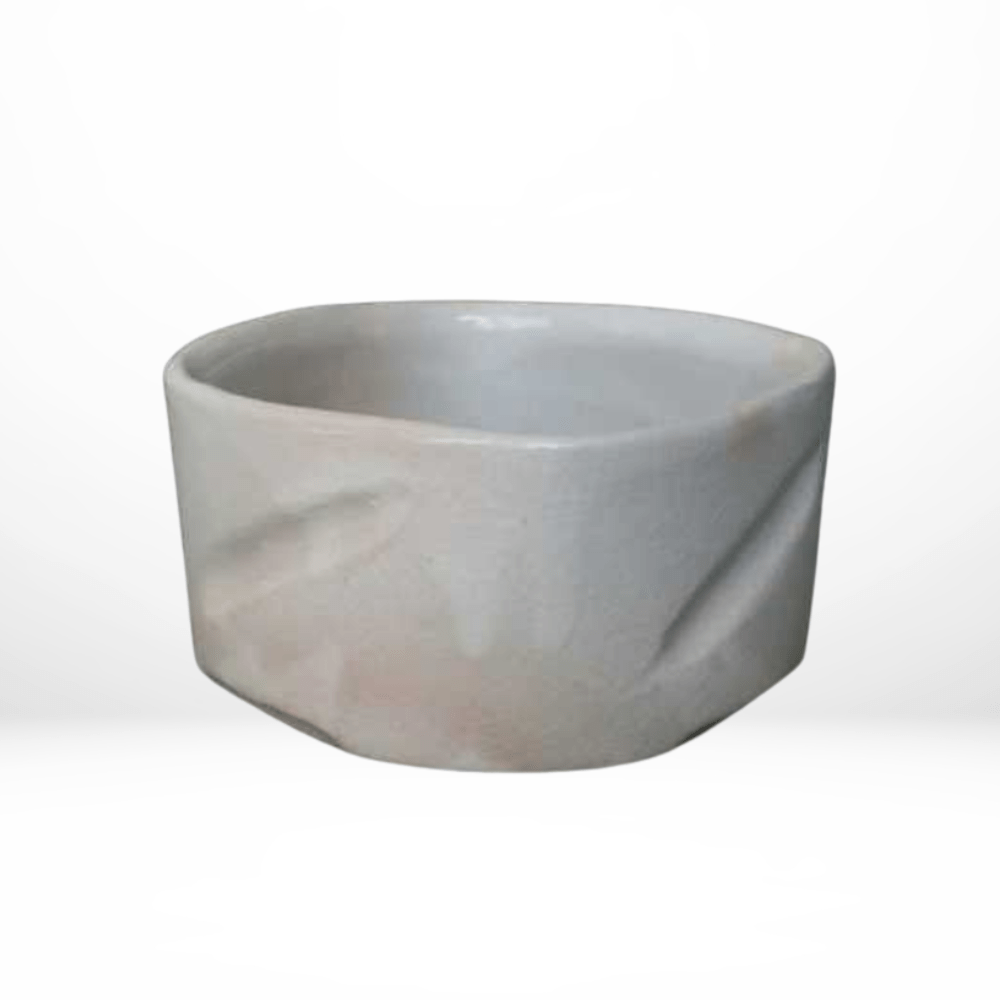
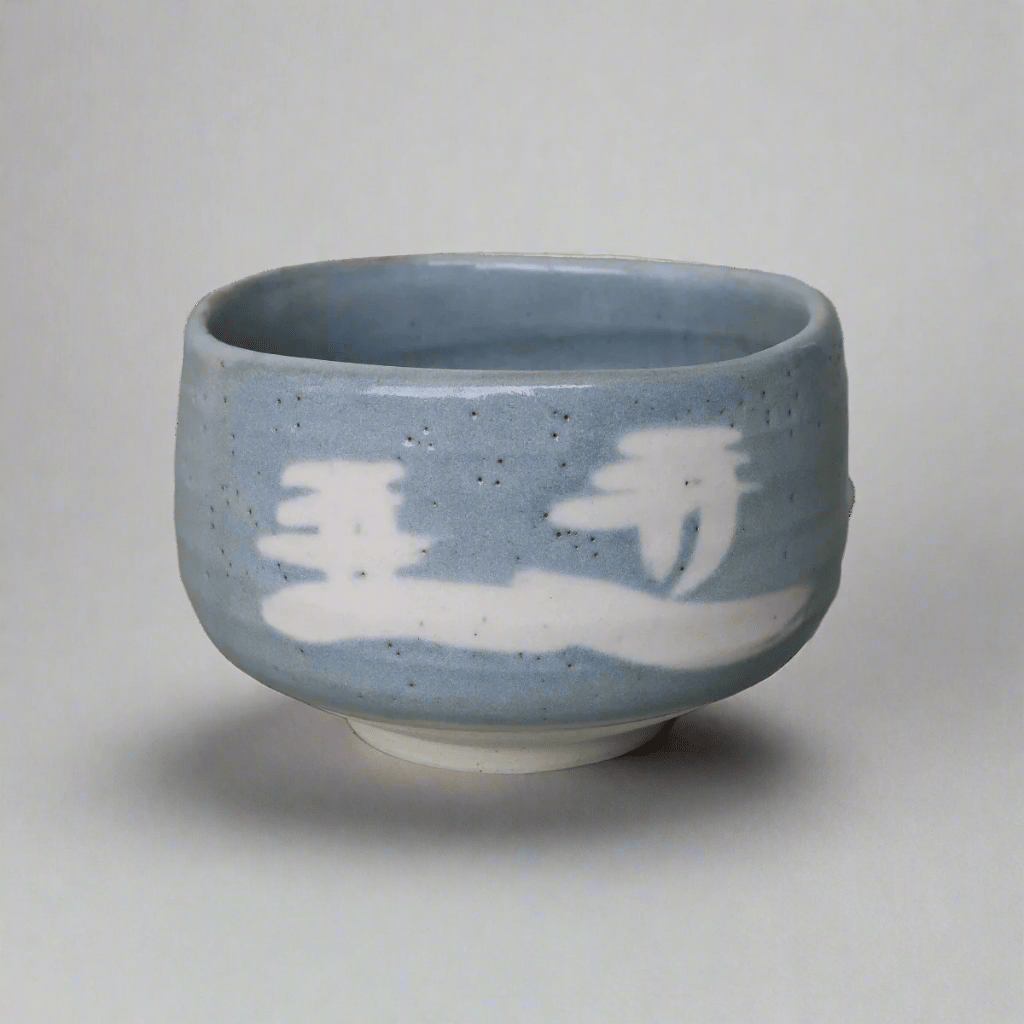
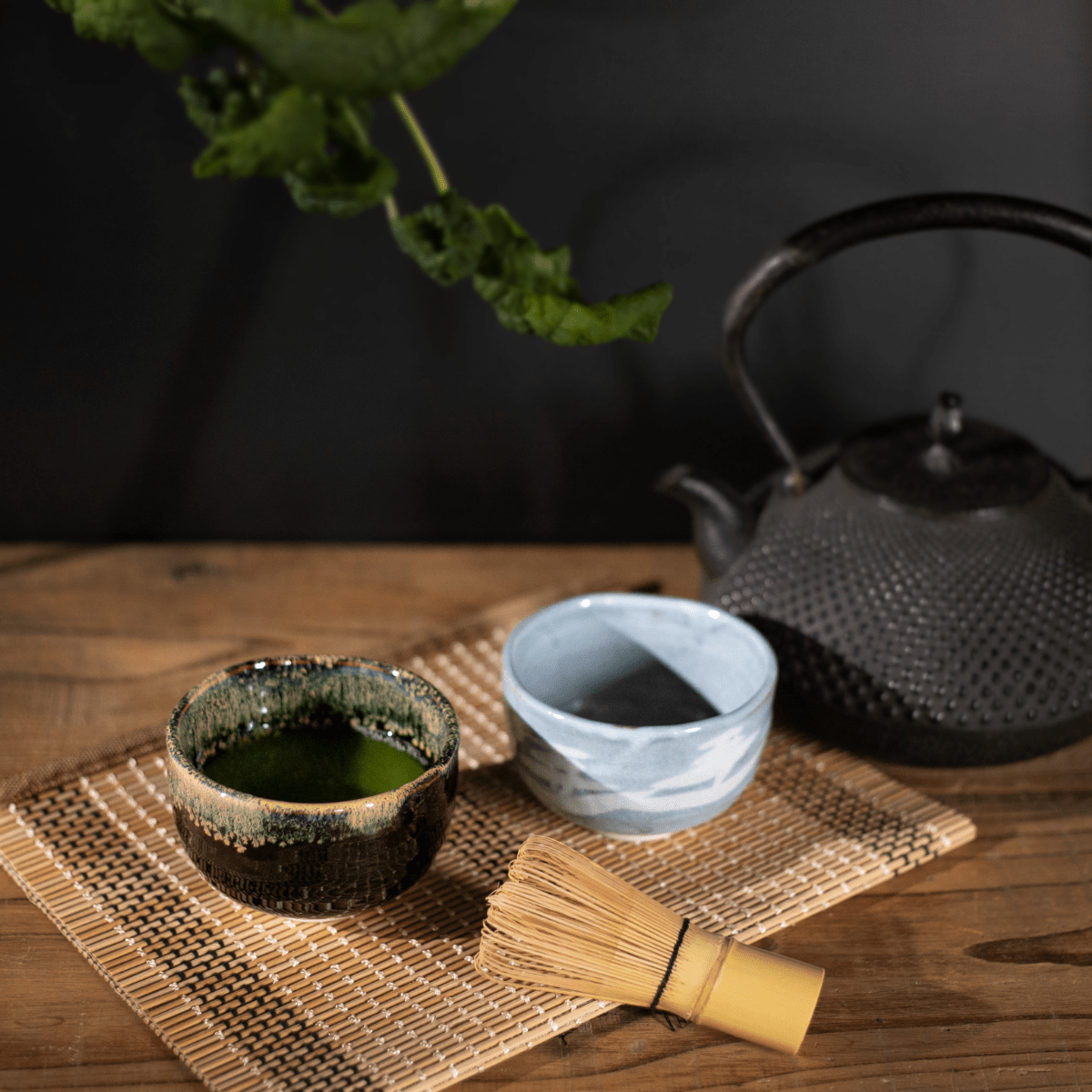
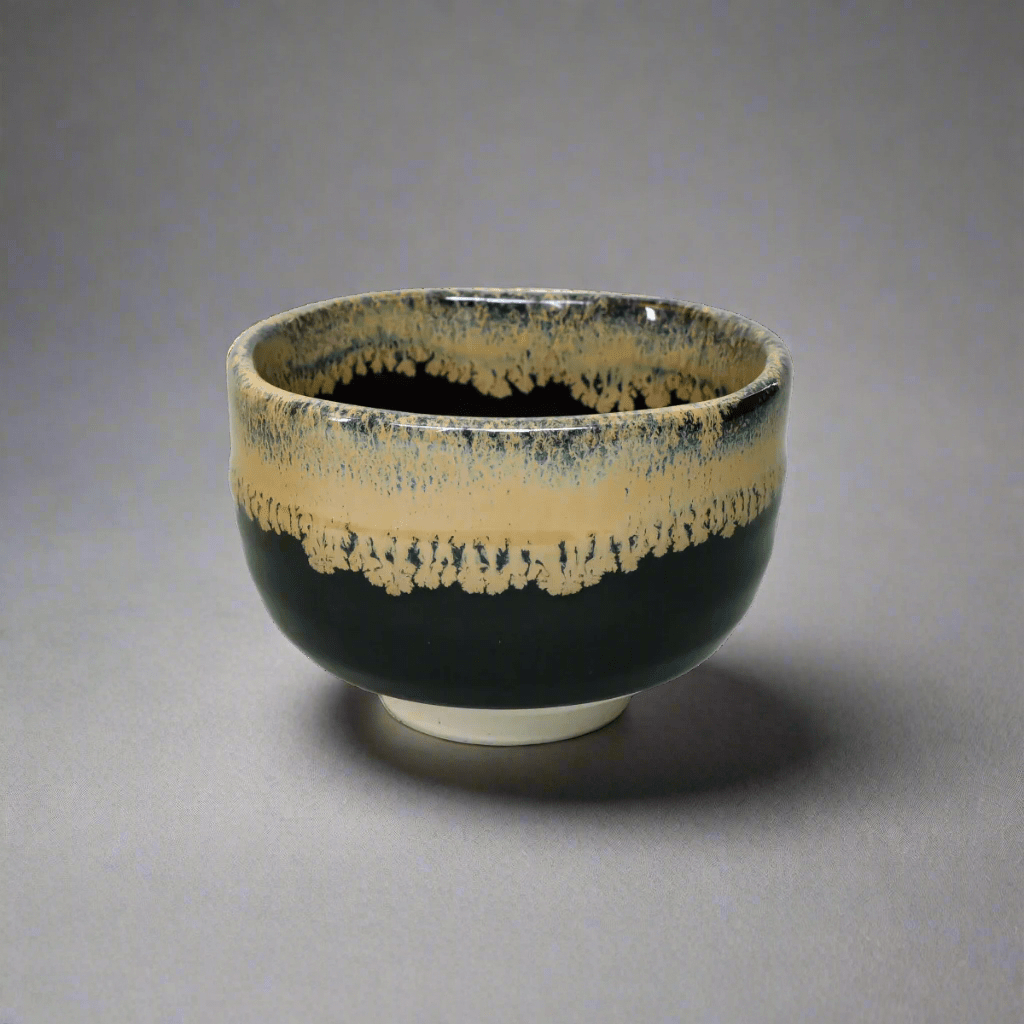
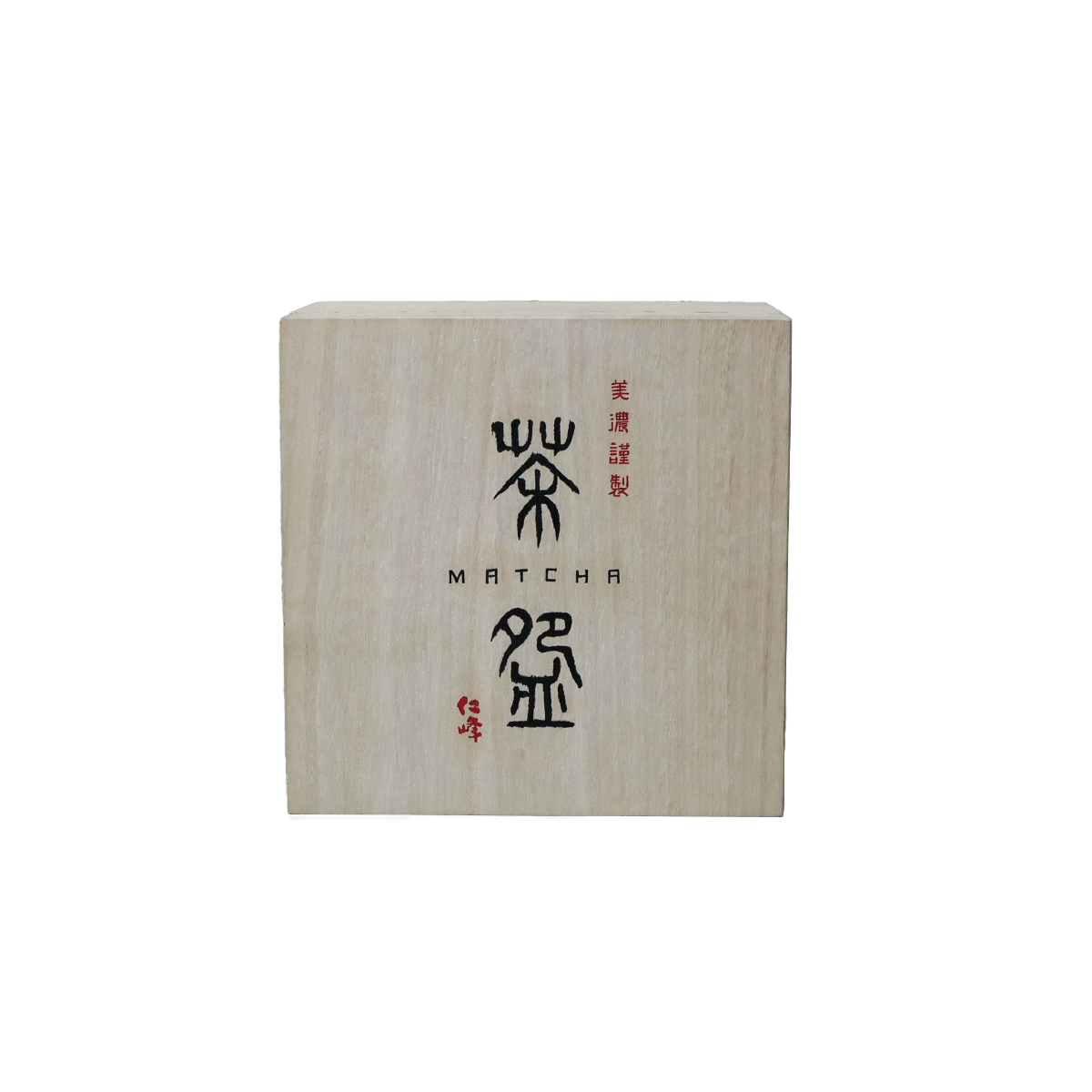
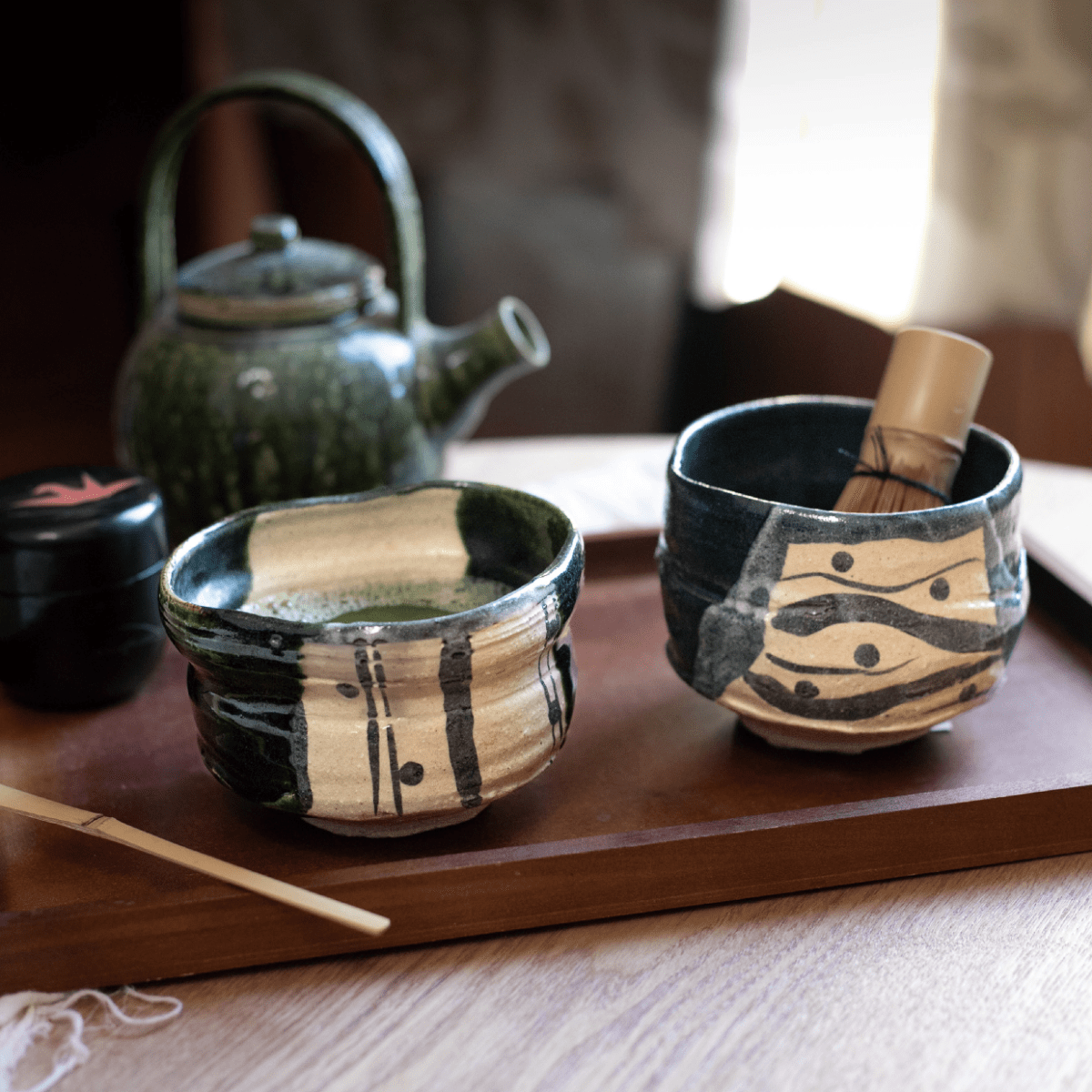
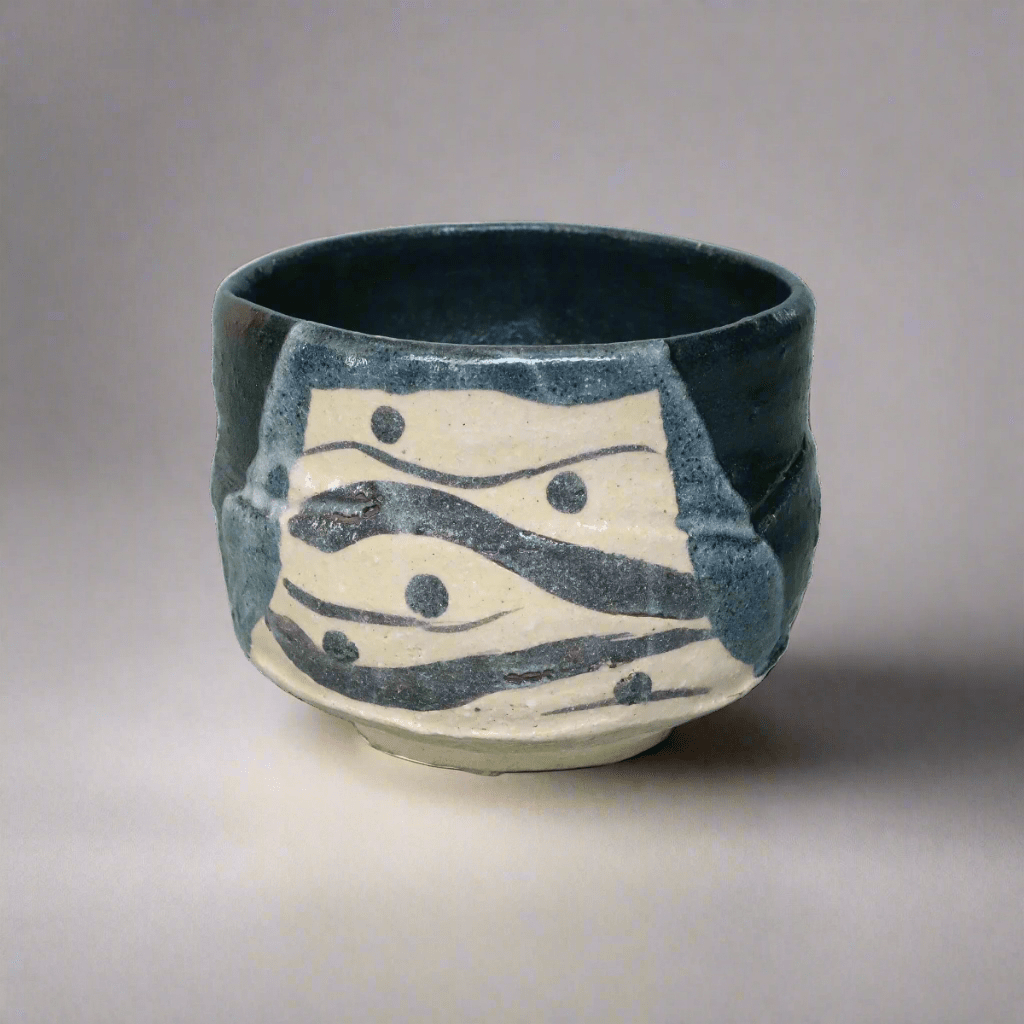
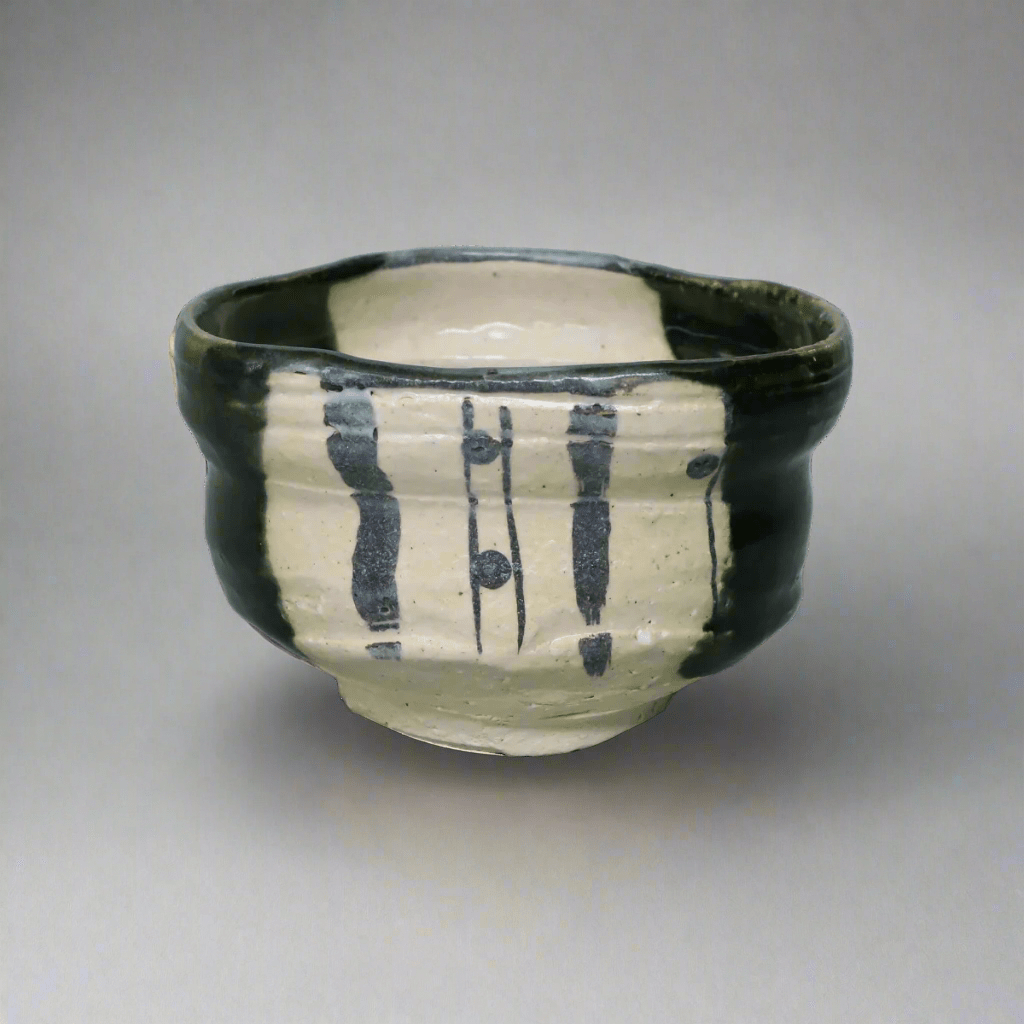
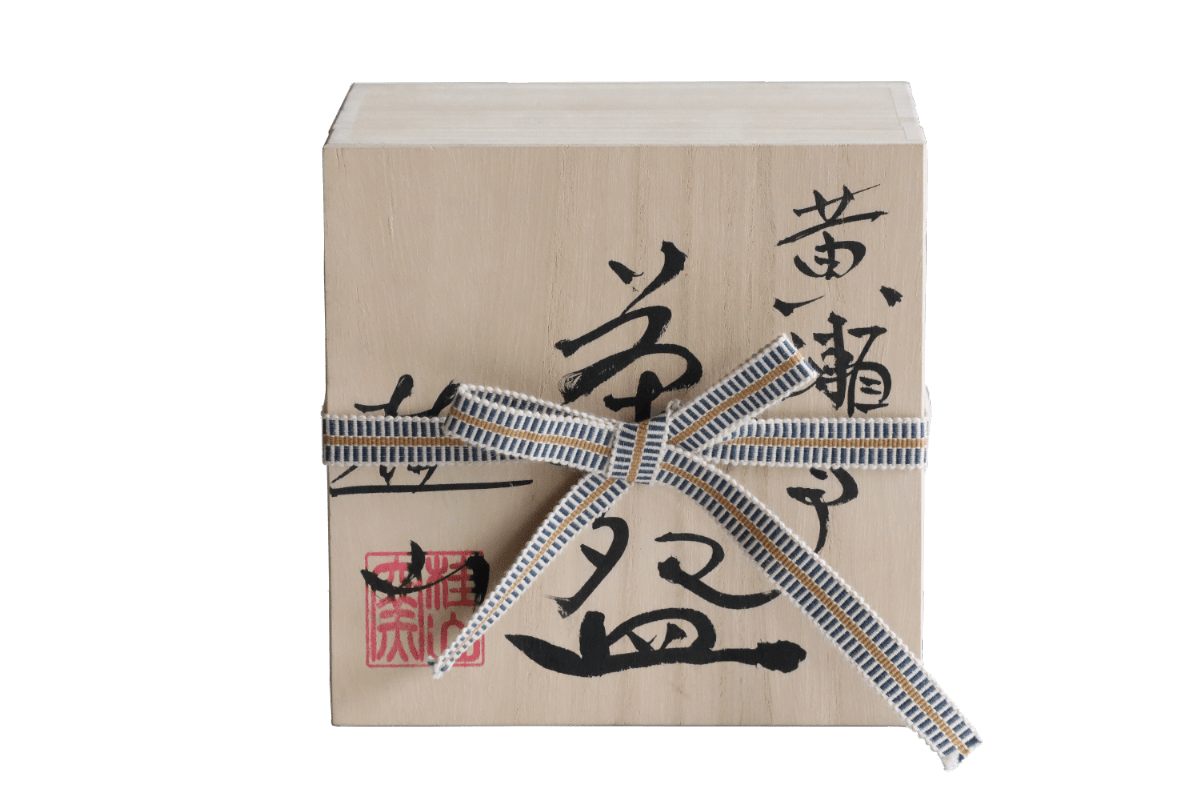

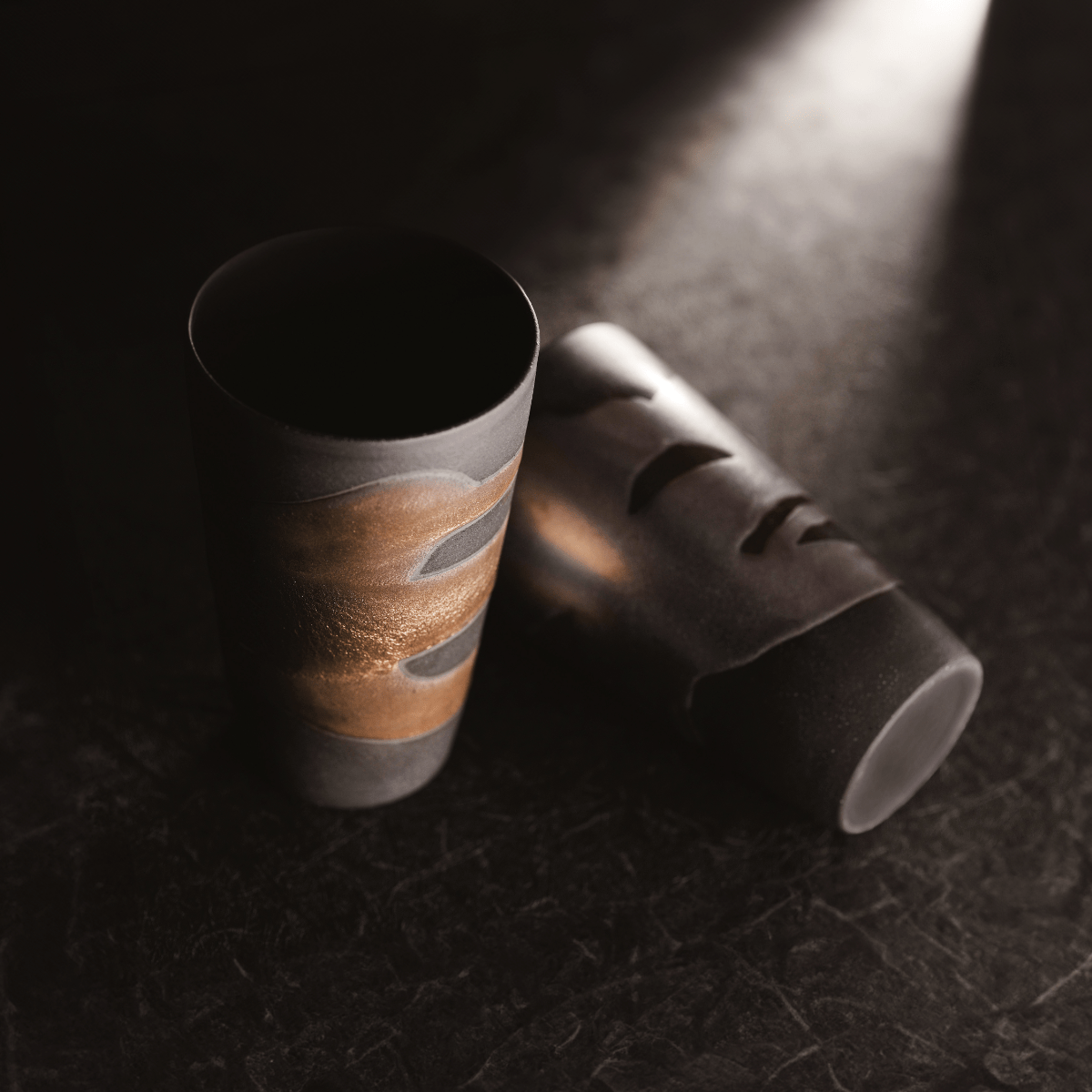
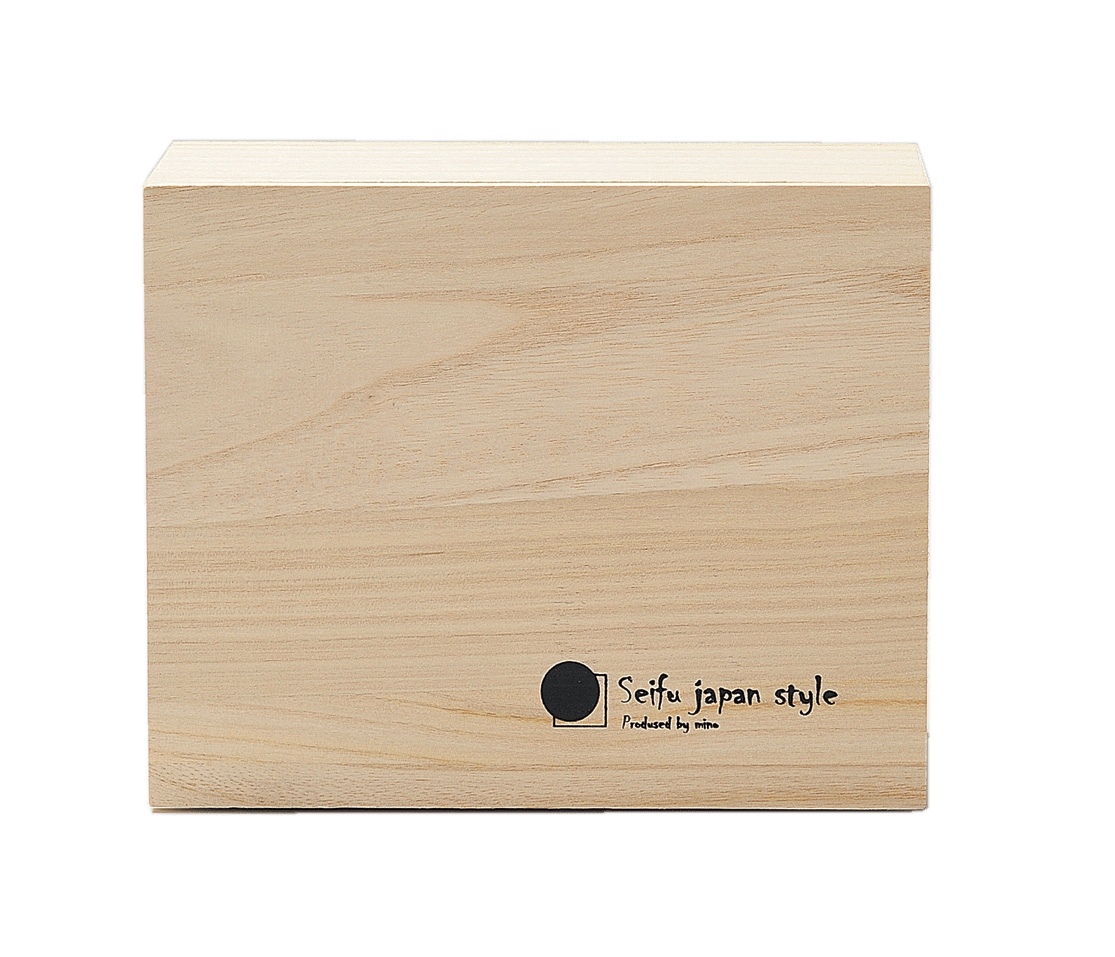
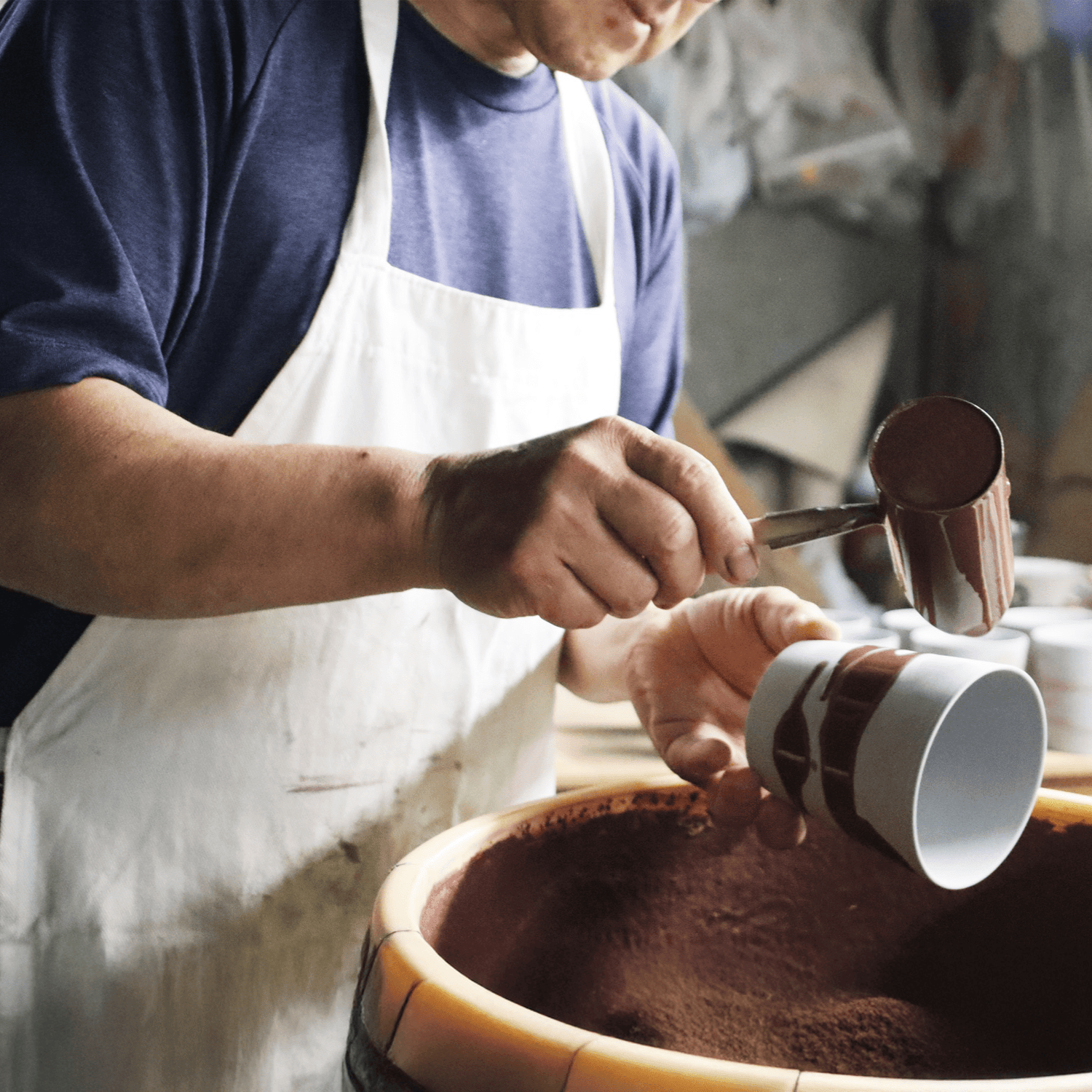
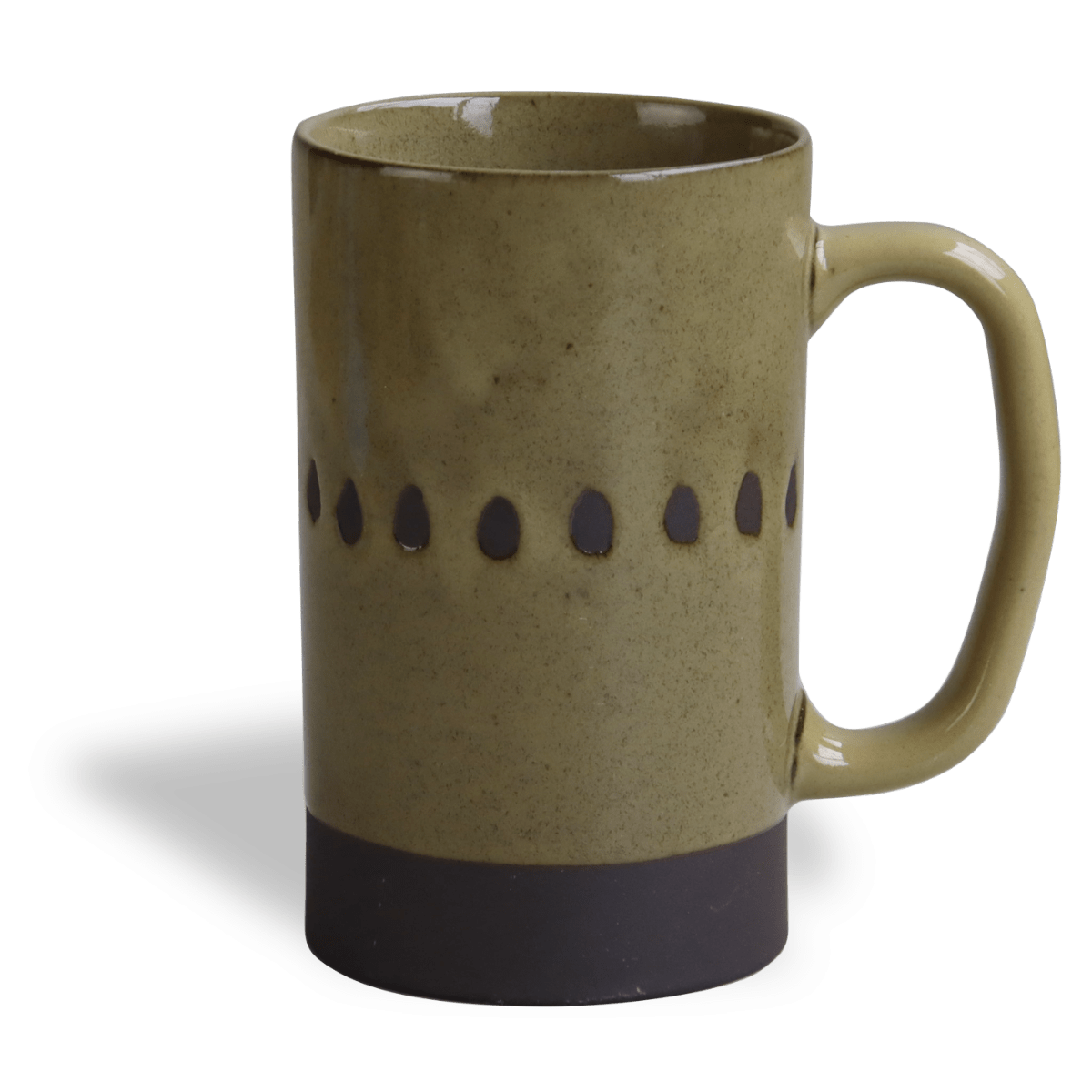

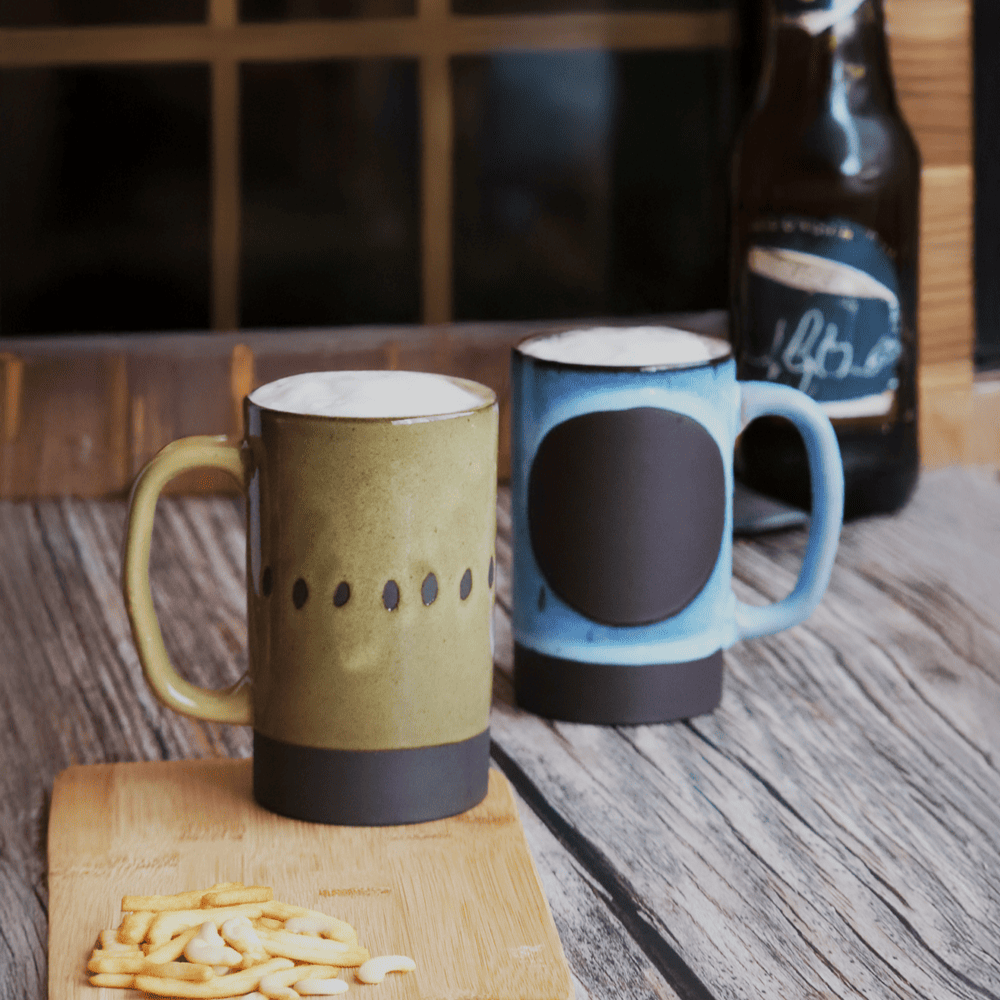

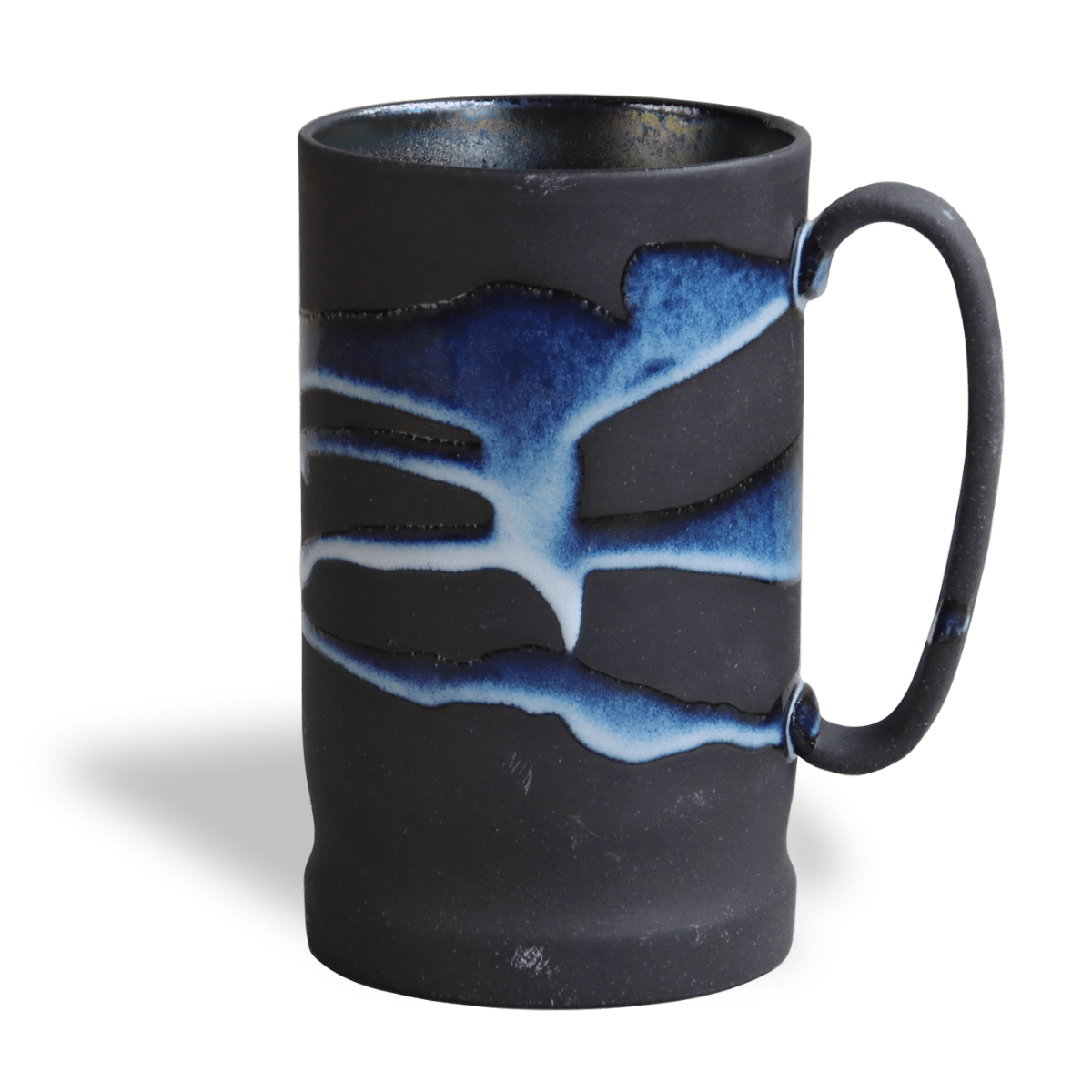
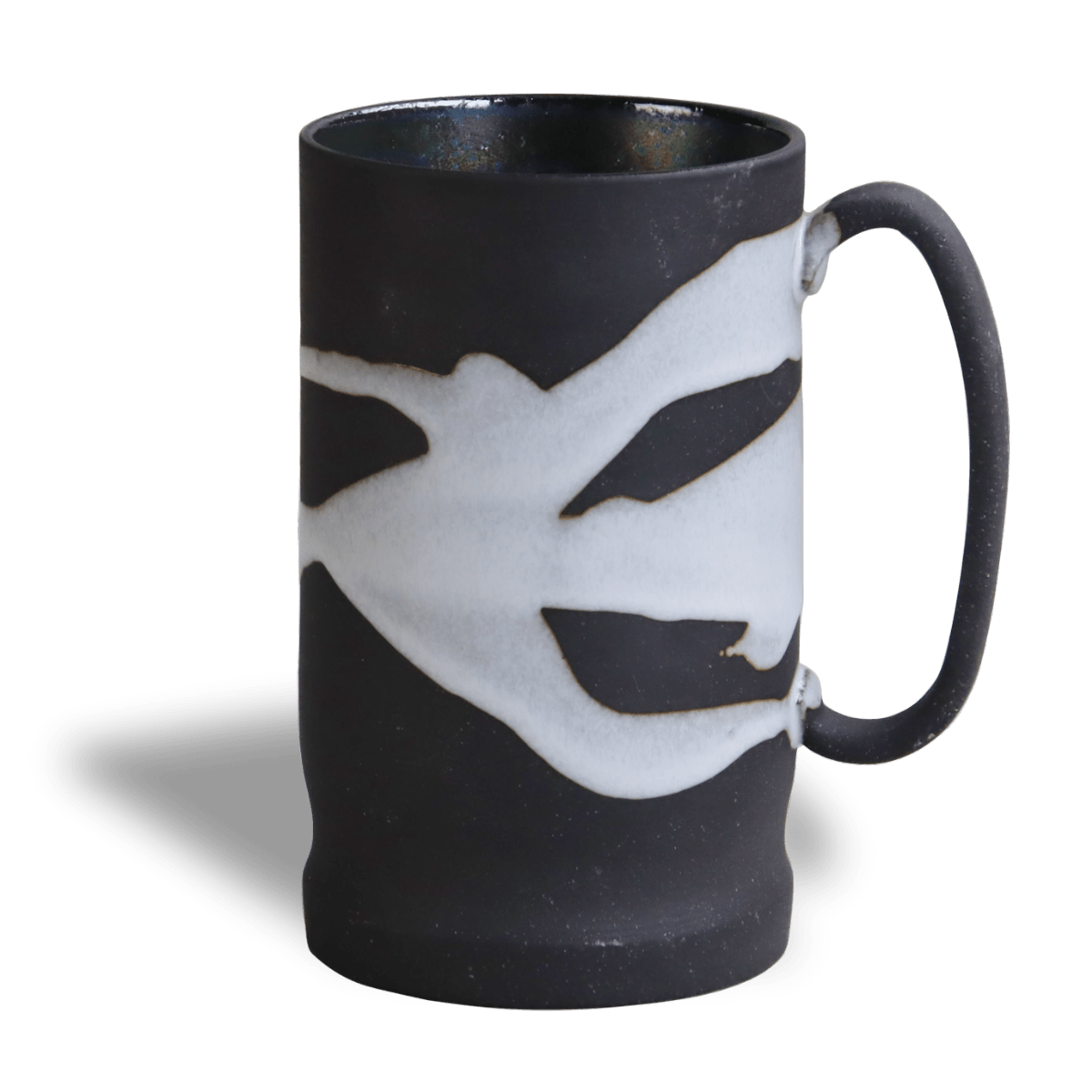
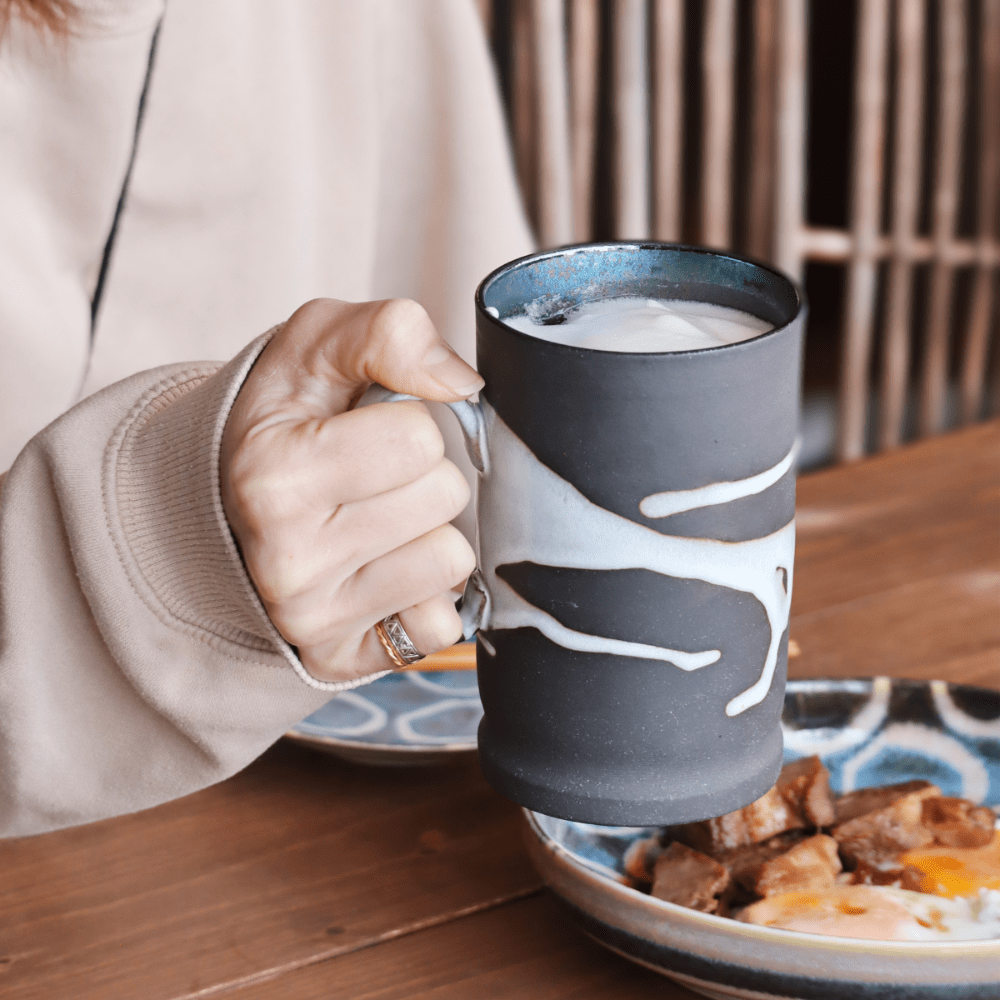
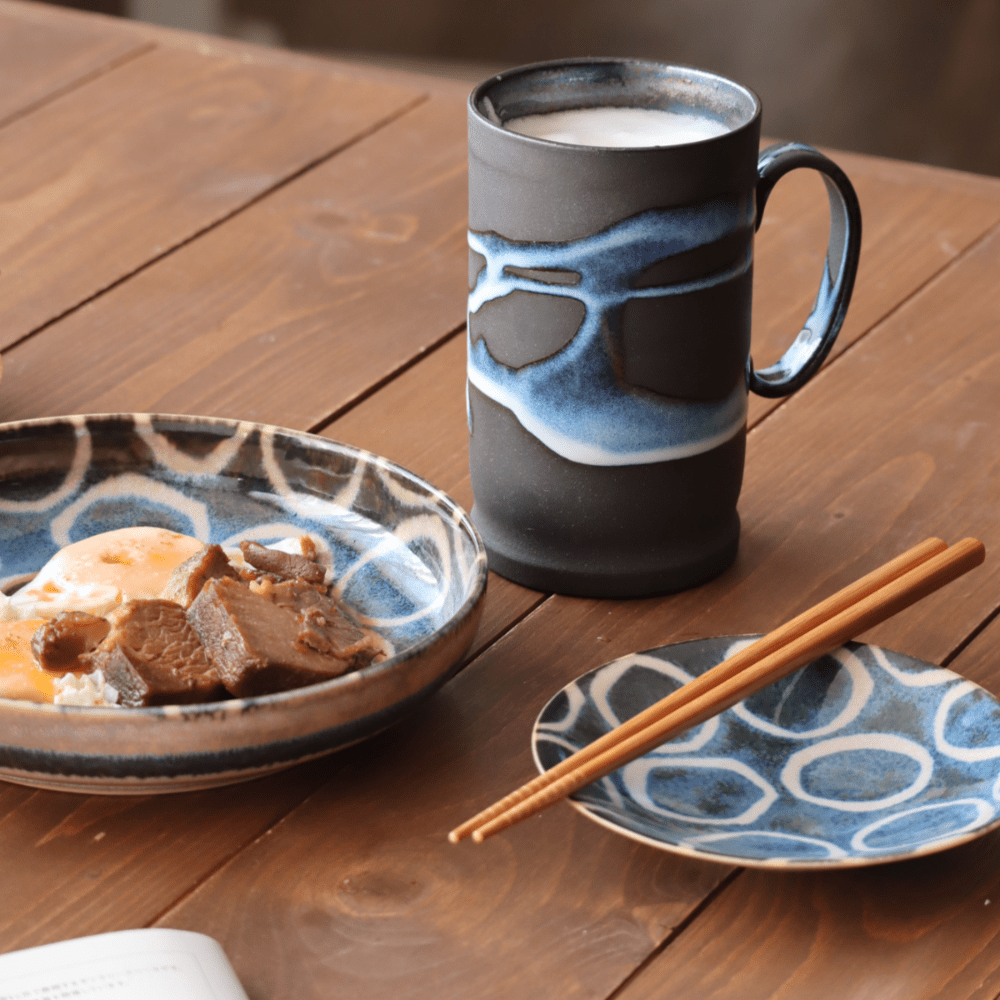
Share: